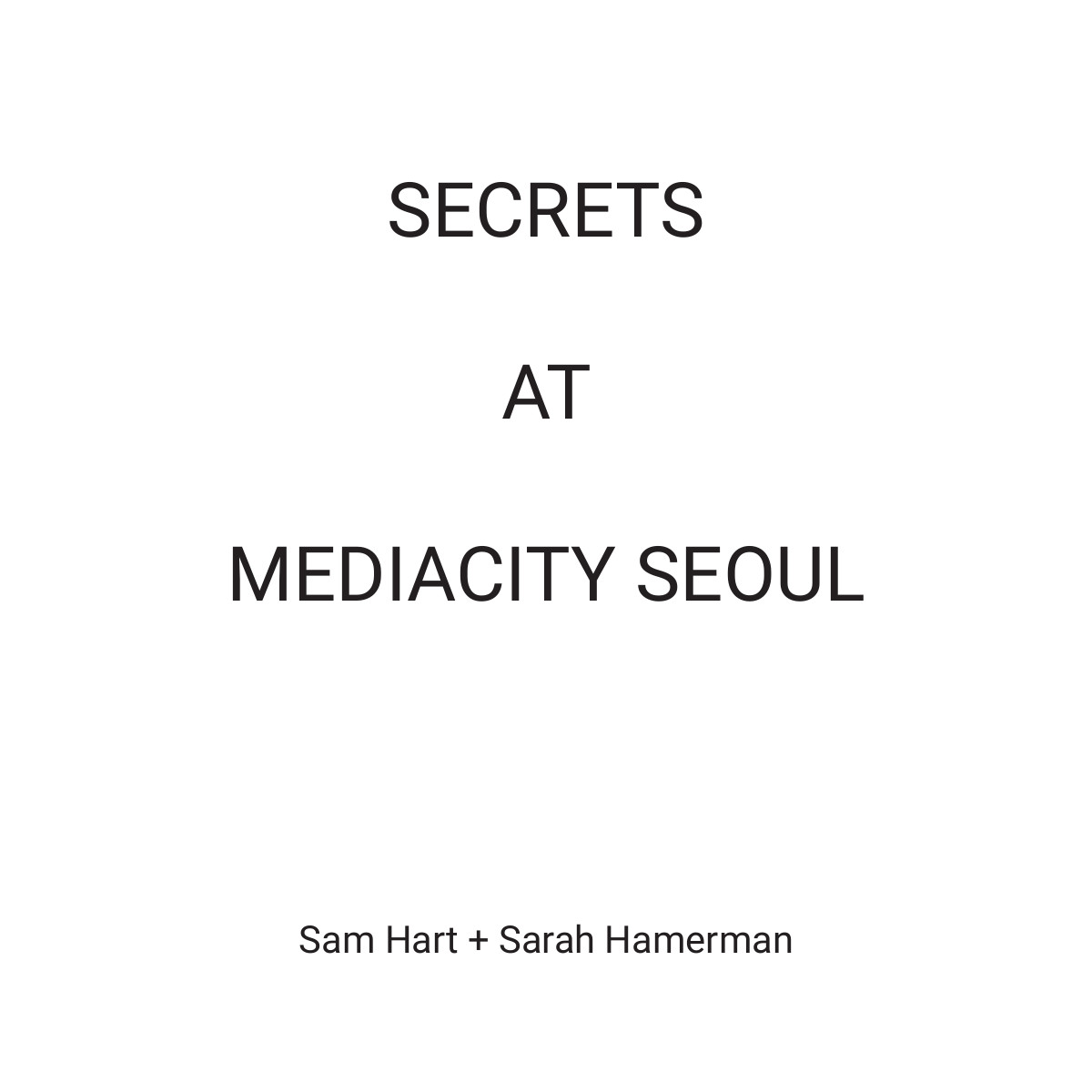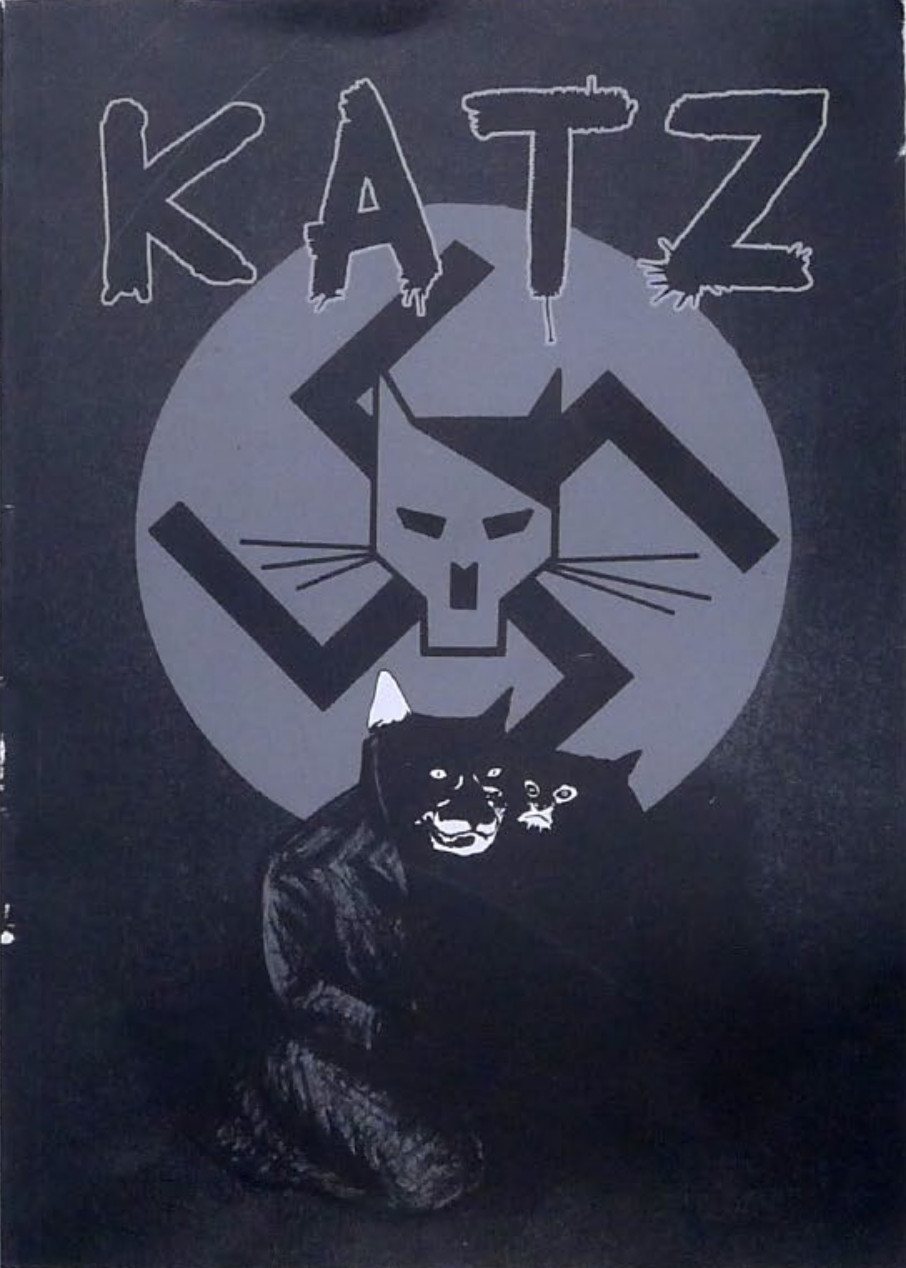Annet Dekker: Enduring Liveness: An Imaginary Retrospective of Tino Sehgal’s Constructed Situations (2018)
Filed under artist publishing | Tags: · art documentation, performance, performance art

“The key functions of a museum are the collection, presentation, preservation and education of cultural and artworks for the enjoyment of, and to educate, the public. Performance art has been notoriously difficult for museums to handle, despite the ‘easy’ presentation the non-materiality of the art form challenges the conventional methods and practices of a museum. Artist Tino Sehgal had added to these problems, persisting in having no documentation of his performances, or better his ‘constructed situations’, in whatever form or way. While several books and some catalogues are written about his work, none of them show visual representations of the actual performances.
While I sympathize with Sehgal’s aims and ideas, I’m also intrigued by the numerous ways in which documentation developed and expanded in the last two decades with more and more photos and videos appearing online. In this catalogue three perspectives are presented that open up the potential of documentation as a method to generate new articulations and ways of understanding, thinking and performing. Countering the “no photos allowed” from the press statements of the museums, with the documentation used by online news outlets and those created by visitors, the experience of being present at the performance can no longer be considered as a fixed or even final perspective. Instead the constructed situations continue to act through viewing, capturing and circulation. Navigating the various documents that are created idiosyncratically according to access (having a camera and an Internet connection) or choice (having the willingness or courage to take an image and change the rules), the Imaginary Retrospective of Tino Sehgal adds to what theatre and performance scholar Sarah Bay-Cheng beautifully describes as “a multi-valent experience that is shaped and constructed by the individual experiences, choices, and negotiations of all parties within a connected network of information, sensations, and varying access points” (2012). At the same time, it might open up a desire for new performance to emerge.”
Produced for Monoskop’s Exhibition Library in the 2018 Seoul Mediacity Biennale, 6 September–18 November 2018 at the Seoul Museum of Art.
Self-published in collaboration with Monoskop, Amsterdam, August 2018
89 pages
PDF (14 MB)
Comment (0)Sam Hart, Sarah Hamerman: Secrets at Mediacity Seoul (2018)
Filed under artist publishing | Tags: · encryption, information, secrecy

“Secrets at Mediacity Seoul traces a genealogy of artworks that examine the secret as an information structure, from the conceptual artworks of the 1960s to works that consider secrecy and encryption in today’s social and technological context. While conceptual art’s logic of dematerialization often undergirded an aesthetic of ‘pure’ information, it led artists from Douglas Huebler and Robert Barry to Mel Ramsden and Sophie Calle to investigate how secrets test the limits of what can be known and seen. But the role of secrets is political as well as epistemological. Works by artists such as Trevor Paglen, Jill Magid, Paolo Cirio and Hayal Pozanti consider how secrets organize the distribution of power, from algorithmic “black boxes” and state classification schemes, to new digital infrastructures built upon cryptographic primitives. Finally, Secrets at Mediacity Seoul looks beyond the catalogue’s documentary role, imagining how it might conceal or encrypt the absent artworks. The Secrets at Mediacity Seoul forms part of the Secrets research and curatorial project (2017-2018), a collaboration between Sarah Hamerman and Sam Hart. ”
Produced for Monoskop’s Exhibition Library in the 2018 Seoul Mediacity Biennale, 6 September–18 November 2018 at the Seoul Museum of Art.
Self-published in collaboration with Monoskop, Amsterdam, August 2018
[20] pages
Ilan Manouach: Katz (2011) [French]
Filed under artist publishing, comics | Tags: · appropriation, comics, conceptual comics

“Katz is a pirated edition of Art Spiegelman’s seminal graphic novel Maus. Katz is an exact copy of the French edition of Maus, with the difference that all the animal characters, have been redrawn as cats. The book was printed on November 2011 and it was seen in public for the first time in January 2012 during the International Comics Festival of Angoulême that ran under Spiegelman’s presidency. Apparently more than 50 copies were sold simultaneously by several independent publisher bookstands, but the book’s ISBN belonged clearly to La Cinquième Couche, a Belgian publishing structure which had already a large catalogue under its belt. The author of this pirated edition was presumably Ilan Manouach. After the Festival, the book was scheduled to be officially distributed by April 2012 and according to Belles Lettres, the distributor, it has already been sold out in pre-order from hundreds of bookshops in France and Belgium. BLDD asks for a reprint but the author and the publisher refuse, underlining the repurposing as a statement.
Two weeks before the book hits officially the book stores, the lawyers of Flammarion, the copyright holder of the French edition of Maus strike back. They send to Mr. Manouach and Mr. Löwenthal, a 500-page document containing spreads from both Maus and Katz, interviews from Ilan Manouach, and his correspondence with Art Spiegelman. Refusing to take on account the conversational nature of the operation and its very limited printrun, Katz is stated as a counterfeit of Maus and Flammarion seeks an injunction against the small Belgian press.
There is also some fuss about the number of copies. The book was printed in Greece and the infringing publisher handled many contradictory proofs of the total print run. The sum fluctuates between 700 and 2000 copies. Flammarion, in the report, states that probably 100 books are hidden in Greece. The same week, in Athens, people break into Manouach’s car and steal 32 books.
La Cinquième Couche and Manouach are positive about the trial. A century of art history, from Duchamp to pop art is enough to prove the validity of this operation. Nevertheless, being already heavily indebted, the publisher, not able to afford the 20.000 starting costs in order to fight the injunction, accepts an out of court settlement: nothing more or less than the total destruction of the books and the digital files. The operation took place in Brussels the 15 march 2012, in a specialised destruction facility.”
Publisher La Cinquième Couche, Ixelles, 2012
ISBN 2930356847, 9782930356846
286 pages
via UbuWeb
Interview with author (M. Hulot, Ough, 2012, English)
Interview with author (Xavier Guilbert, du9, 2012, French)
Commentary: Bill Kartalopoulos (World Literature Today, 2016)
Author
Wikipedia
Publisher
WorldCat
See also Xavier Löwenthal, Ilan Manouach (eds.), MetaKatz, 2013.
Comment (0)
